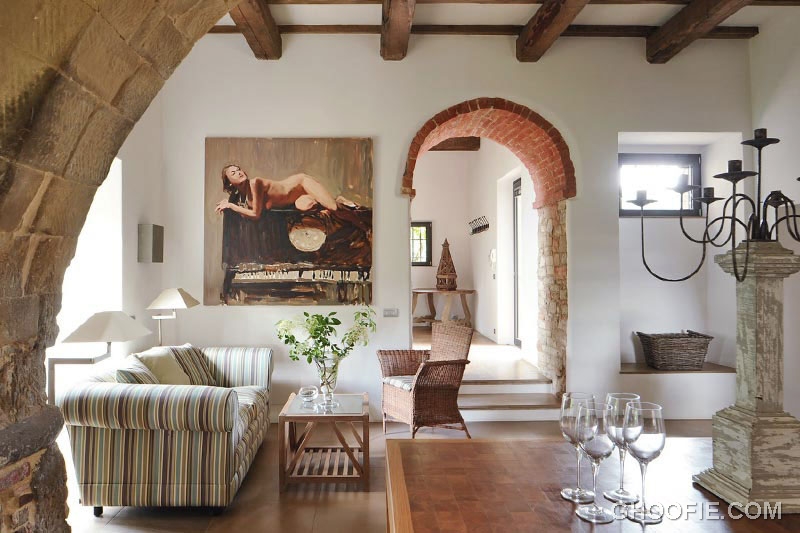St. Bernard was an established monastery at Fontenay in 1118. It was built under religious and economic force. It had an austere appearance with blank walls above slightly pointed nave archades.
Another architectural church during this era was the Pisa Bapistery in Pisa Italy. It includes three free standing buildings with a cross shaped cathedral. It was a cylindrical baptistery with a Tall Canpanile(Leaning Tower) which all was made of marble .
The Cluny Abbey was one of the most famous Abbey of all time during the Benedictine movement. It spread Romanesque art around the world which is pretty impressive. It used a very powerful monastic rule.
This was an interior of a residential home I found in Italy. I really feel like the space incorporates features of Romanesque design.
Another modern application I found that displays Romanesque would be this new church in Denmark. The style and architecture with the use of painted domes accompanied by the white/cream color really possesses the features from this period well.
An informative video on there era is listed below:
https://www.youtube.com/watch?v=MROxZTQxwH0




No comments:
Post a Comment